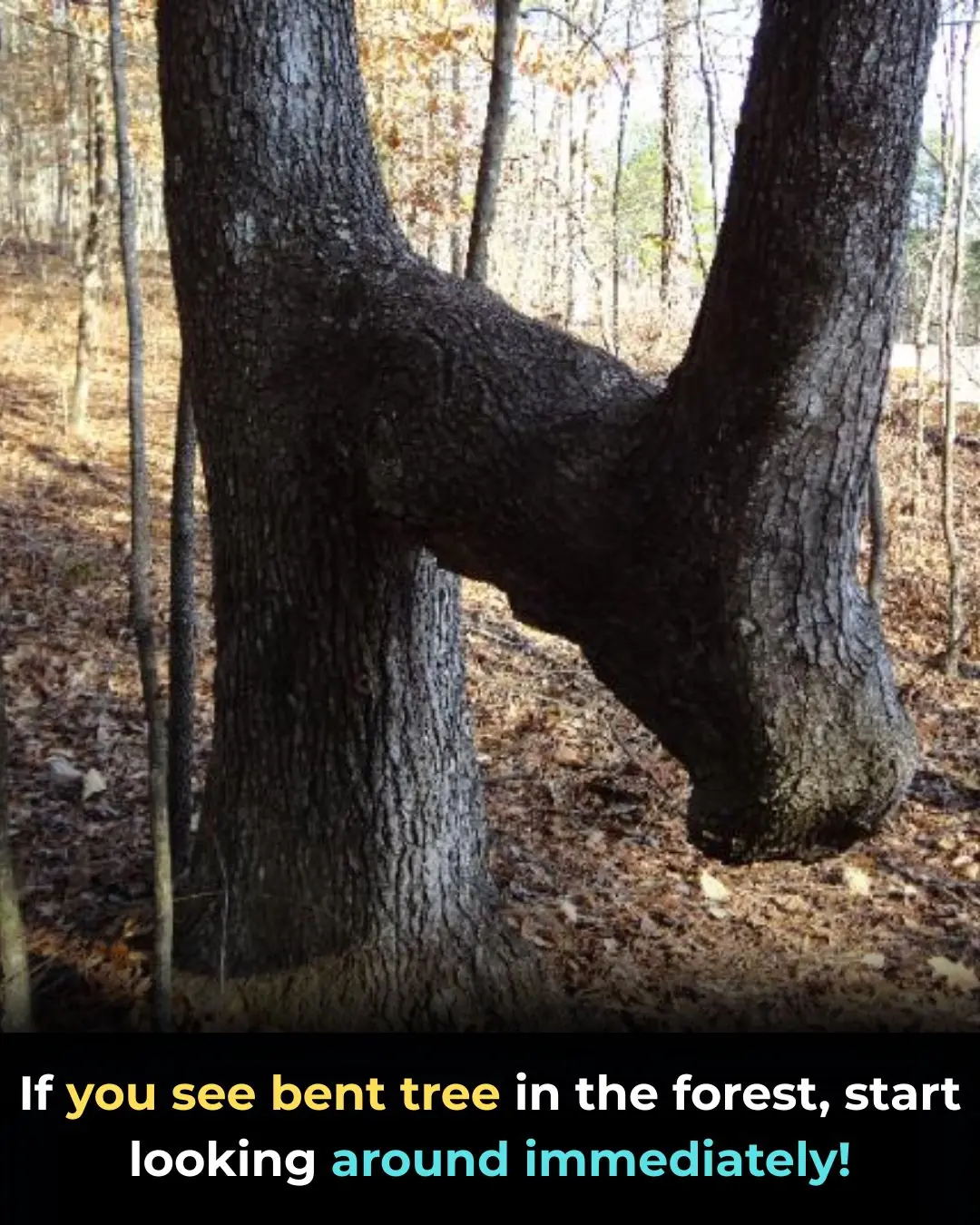
Man Isolates Himself From Society For Over 25 Years. What He Does Is Beyond Belief
We live in a world where silence is rare—and true solitude is rarer still.
Our days unfold in a constant storm of noise: digital notifications, endless conversations, traffic rumbling through the background, and the nonstop scroll of headlines tugging at our attention. Surrounded by this modern chaos, the thought of stepping away from everything—of disappearing into the wilderness to find stillness—feels almost impossible.
But one man didn’t just fantasize about it.
He walked into the quiet and never looked back.
More than 25 years ago, a man named Ra Paulette left behind ordinary life. His departure wasn’t fueled by trauma, anger, or a sense of exile. What he sought was something far deeper—meaning, beauty, inner peace, and above all, silence.
Armed with simple hand tools, fierce determination, and a vision most people couldn’t even imagine, Ra entered the sandstone bluffs of northern New Mexico and began to carve.
And carve.
And carve.
What started as a modest plan to create a small retreat in nature slowly grew into something the world had never seen—a vast network of sacred underground chambers, shaped with astonishing precision and decorated with soaring arches, flowing designs, and quiet, glowing pockets of light.
With every inch he carved, he went deeper not just into the earth, but into something eternal.
He wasn’t sculpting stone.
He was sculpting sanctuaries for the soul.
👉 Scroll to the footer of this article to watch the full video.
A Cathedral Built by One Man’s Hands
Ra Paulette is not an architect. He’s not a trained sculptor, engineer, or designer. He didn’t attend prestigious schools or study under world-class mentors. He had no wealthy patrons, no team of helpers, and for many years, not even an audience.
But what he did have was vision—and a devotion so intense it bordered on the sacred.
Over two and a half decades, Ra carved over a dozen massive sandstone caves entirely by hand. Working 10–12 hours per day, often seven days a week, he removed literal tons of rock using nothing more than shovels, pickaxes, wheelbarrows, and his own perseverance.
Inside his caves, ceilings rise like ancient domes carved from living stone. Daylight filters through hidden shafts, bending softly across curved walls. Niches and benches are shaped seamlessly from the rock itself. Spirals, suns, and organic, plantlike patterns seem to grow from the stone, as if nature itself were whispering through his hands.
These are not simply caves.
They are living, breathing pieces of art—spaces that invite stillness, reflection, and awe.
The Sound of Silence
Visitors often say the most powerful thing about Ra’s creations isn’t what you see—it’s what you feel.
The acoustics, the gentle light, the sheer magnitude of the space—all of it combines to create an overwhelming sense of peace. The noise of the outside world evaporates. You feel small, yet profoundly connected to something greater than yourself.
Ra calls his works “wilderness shrines.”
He never intended them to be tourist attractions. He built them as places where people could reconnect with silence, with nature, and with the deeper mystery of existence.
His spaces offer a kind of healing that transcends words—a healing that comes from simply being.
Most of the caves remain closed to the public, hidden on private land. They exist quietly, like whispered prayers—evidence that beauty can be created without applause.
A Masterpiece Most People Never See
For most of his life, Ra Paulette’s work remained largely unknown outside the region. His story spread slowly through word of mouth, photographs, and the occasional feature.
Everything changed in 2013 when the documentary Cave Digger brought his work—and struggles—to the world stage. The film, later nominated for an Academy Award, reveals the emotional and physical journey of a man who poured decades of his life into underground cathedrals that few people would ever see.
It also highlights the constant conflict between artistic vision and practical expectations. Ra frequently clashed with landowners who wanted him to limit his ideas or work faster. But Ra refused to compromise. His art wasn’t about efficiency. It was about integrity.
He wasn’t carving for money or recognition.
He carved because something inside him demanded it—
a need to transform silence into structure, solitude into inspiration.
What Ra Paulette Teaches Us
In an era obsessed with likes, shares, and instant validation, Ra’s life offers a radically different kind of wisdom.
His story reminds us that:
-
True art doesn’t need an audience—it needs authenticity.
-
Solitude can be a source of strength, not loneliness.
-
Beauty can be created quietly, without permission or recognition.
-
Following your calling doesn’t require approval—only courage.
Whether your dream is to write, build, teach, heal, or create something entirely your own, you don’t need applause.
You just need to begin—and keep going.
You Have to See It to Understand It
Words alone can’t fully capture the magnitude, intimacy, and spiritual resonance of Ra Paulette’s work.
To truly appreciate his caves—to feel the depth of devotion behind them—you have to see them.
A powerful video is included below, offering a rare glimpse into the spaces Ra carved from stone with nothing but his hands, his tools, and his faith in the silent world beneath the surface.
Let it take you deeper—literally and metaphorically.
👉 Watch the video below and step into the world that took one man 25 years to carve.
Now Trending:
-
When This Boat Crew Realized What They Were Seeing, It Was Almost Too Late
-
Unsettling New Audio from the Titan Submersible Accident
-
You’re About to See Something Unlike Anything You've Ever Seen
More Stories:
-
Forced to Marry a Homeless Man—One Sentence Changed Everything
-
New Mom Survives a Near-Fatal Delivery, Then Faces an Ultimatum
-
At 90, One Man Built His Own Hobbit House—and the Inside Will Amaze You
If this story moved you, share it with your friends and family—you never know who needs a reminder that purpose and beauty can be found far beneath the surface.
News in the same category


My 3-Year-Old Begged Me Not To Take Him To Daycare—What I Found Inside Left Me Shaking

Man Says Goodbye To His Wife As They Took Her Off Life Support, But Then She Utters 5 Words

‘Ghost Boy’ Martin Pistorius Wakes After 12 Years, Reveals He Was Aware All Along

A Prom Night 76 Years in the Making.

A Song for a Hero: When Children Honored a Veteran in His Final Days.

The Night We Didn’t See the Circus.

Against the Flood: Chloe and Sandy’s Fight to Survive.

Noah's Gift for titinopathy awareness

The Last Look: What Pets Wish for in Their Final Moments

The Second Life of Lions — Finding Freedom After Rescue.

When Wild Hearts Trust Us — The Unspoken Bond Between Humans, Lions, and Tigers.

The Lion Who Loved Back: Jupiter’s Final Goodbye.

Six Prisoners, One Fallen Officer, and a Choice That Revealed Their True Hearts.

“The Cry That Saved Us”: The Night Two Fort Worth Officers Refused to Give Up.

A Prom Night 76 Years in the Making.

My Husband Left Me and the Kids at Home on Christmas Eve to Celebrate at His Office Party So We Decided to Pay Him a Visit

I PAID FOR A STRANGER’S GROCERIES TWO YEARS AGO—AND TODAY, I GOT THIS IN THE MAIL

MY MOTHER-IN-LAW DESTROYED MY DAUGHTER’S GARDEN – I MADE HER PAY THE PRICE SHE NEVER EXPECTED
News Post

Do not use a sharpening stone on dull scissors. Apply the following method to make the scissors as sharp as new ones bought from the store: Simple but effective

Don't rush to throw away expired or leftover beer. Use it for these 8 things and everyone will praise it

Weeds or Wonders? Discover the Hidden Treasures in These 4 Common Plants

Say Goodbye to Parasites, Cholesterol, High Blood Pressure, and Poor Circulation With This 7-Day Homemade Drink

Drink This 2X a Day to Remove Uric Acid Before it Crystallizes in Your Joints and Becomes Painful

Simple Tips to Fade Freckles for a More Even and Radiant Complexion

5 Effective Ways to Clean Rust, Grease, and Stubborn Stains from Your Gas Stove—Making It Shine Like New

Lower blood sugar naturally by training just 2 leg muscles

Boil eggshells and say goodbye to the …

3 Food Combo to Strengthen Your Heart

Lone Star Tick Bites: Dangers, Symptoms, And Urgent Steps To Take

If You See A Bent Tree In The Forest, Start Looking Around Immediately

If You See Someone With This Tattoo On Their Hand, Here’s What It Means

Bear Caesar Finally Freed After Years In Cruel Torture Vest

Man Isolates Himself From Society For Over 25 Years. What He Does Is Beyond Belief

Chilling Final Posts Emerge From TV Host’s 19-Year-Old Daughter Before Her Tragic Death In Los Angeles

Lady Frederick Windsor brands royal family’s lives ‘total hell’: ‘A form of torture’

Good Morning Britain's Ranvir Singh wows in flattering cord jumpsuit that 'fits perfectly'

What Your Belly Is Trying to Tell You
